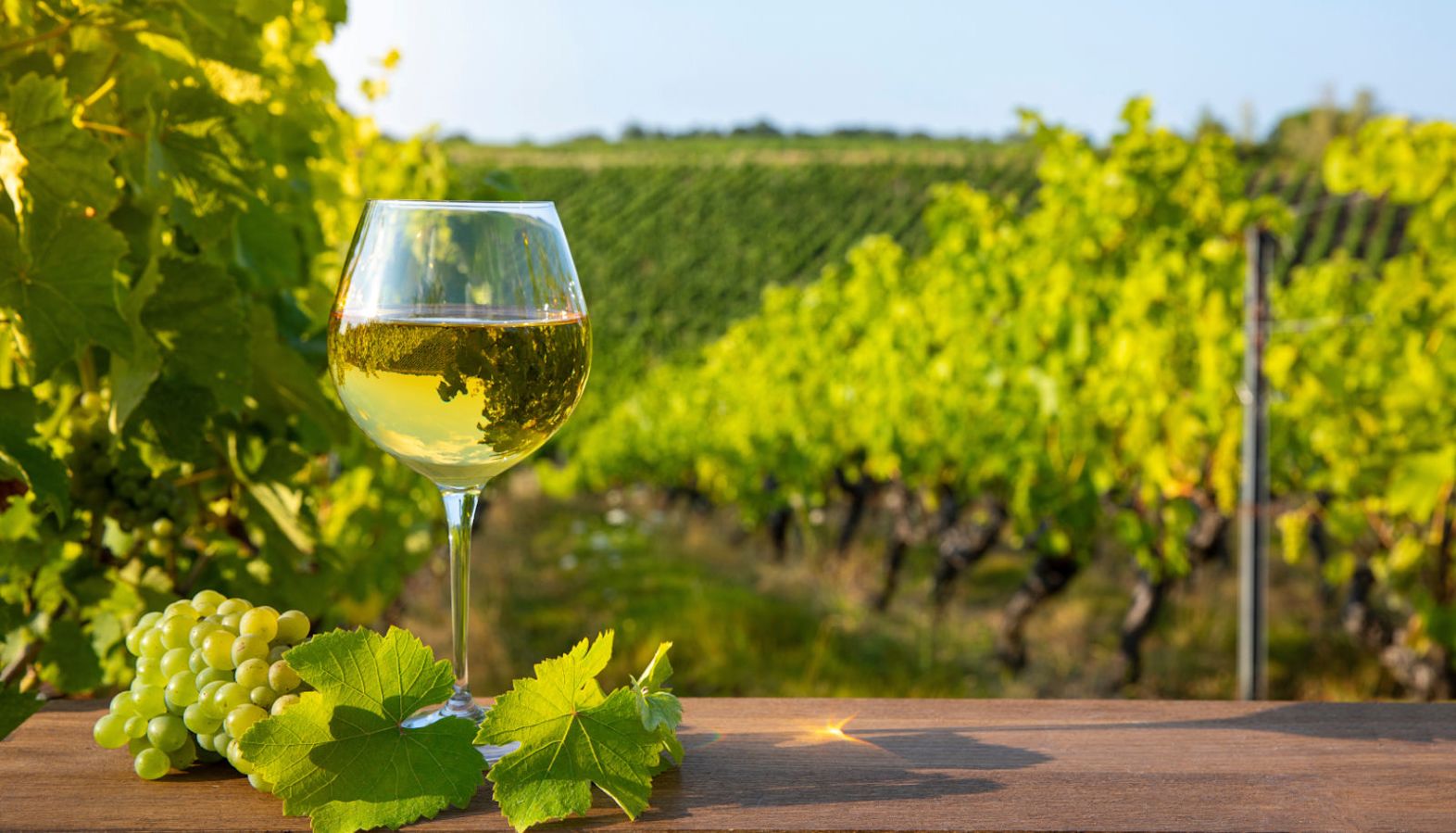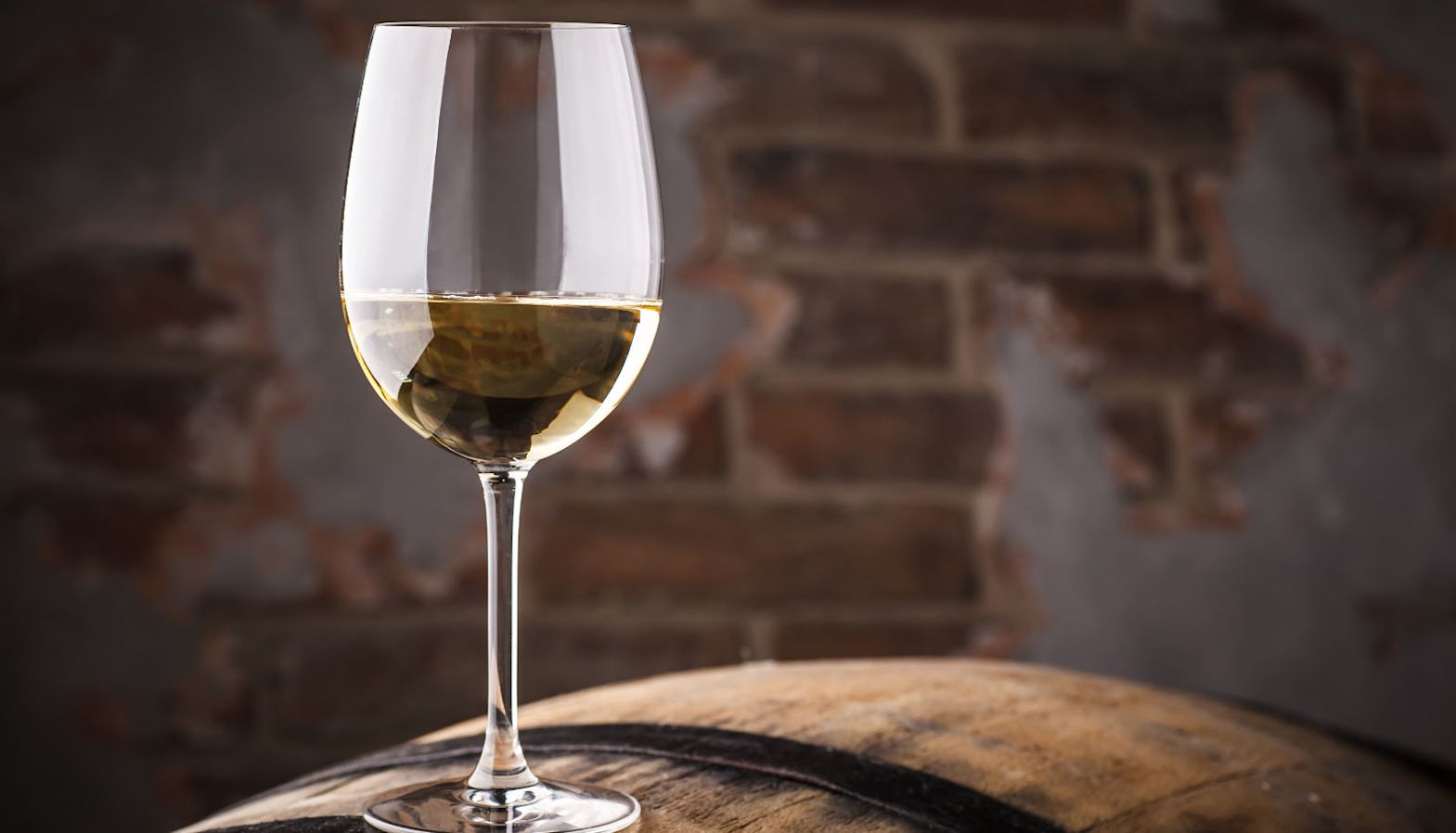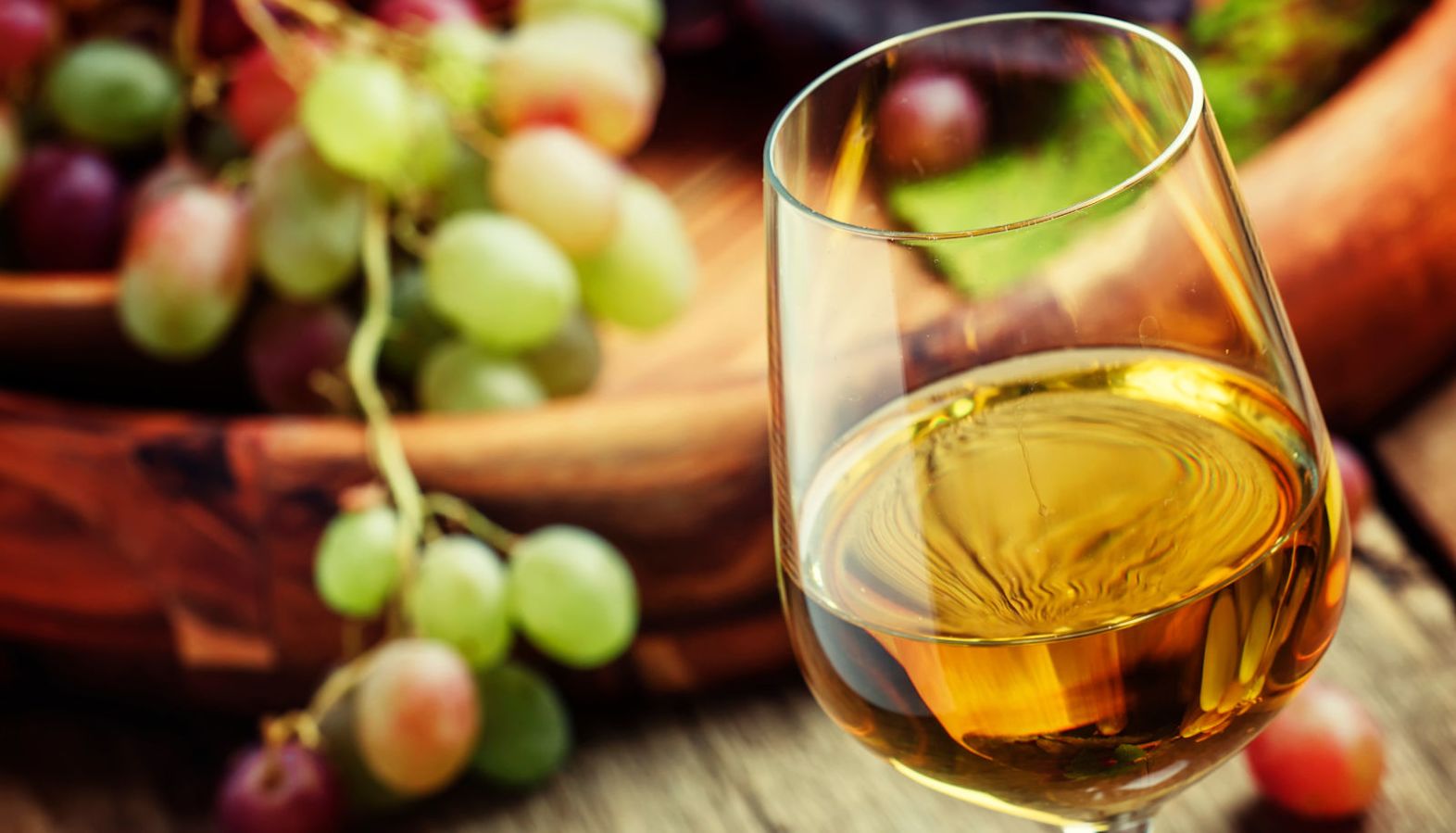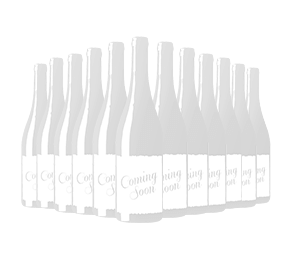Chat with Vinny
Chardonnay is the world’s most popular white wine grape variety and is grown in almost every wine-producing region. But Chardonnay wines can vary greatly, even though made from the same grape, ranging from light and fruity to full-bodied and richly flavoured.
While a lot depends on where the grape is grown, the biggest difference in taste comes from whether the wine is oaked (aged in oak barrels) or unoaked. Here’s what you should know about Chardonnay and oak, and how to find the right style of Chardonnay for you.
What is oak ageing?
When shopping around for a new bottle of Chardonnay, you may see descriptions such as “oak-aged” or “aged in oak barrels” on the label.
But what does this mean?
If a Chardonnay label mentions oak, that means the wine has spent a period of time inside a wooden wine barrel made from oak before it was bottled. This is a decision made by the winemakers with the aim of influencing the aromas, flavours and texture of the wine.
Winemakers can get very passionate about oak and will go to great lengths to find exactly the right barrels to give exactly the right balance of oak influence for their particular wine. This includes thinking about the size of the barrels, what wood they are made from, where they come from and the age.
Three main types of oak are used for ageing wine: French, American and Hungarian.
French oak is the most popular, adding a subtle spice
American oak gives a stronger, sweeter character
Hungarian oak’s influence can range greatly, from spicy and toasty flavours to sweet notes
Wood barrels used for ageing may have been previously used (either for wine or sometimes port or brandy) or could be brand new. New barrels are typically toasted, which caramelises the sugars in the wood. Wines aged in these new barrels can develop delicious secondary nutty, warming flavours and aromas of vanilla, caramel, toasted brioche, nuts and coconut. The more toasted the barrel, the more intense these flavours will be. Whereas, wines aged in previously used barrels will have more subtle flavours of vanilla and toast.
The size of the barrel is also important. It’s all to do with surface area – the more contact between the wine and the barrel results the stronger the oak flavours in the wine. And there can be such a thing as too much oak. Over-oaked Chardonnay wines can develop bitter, woody flavours and aromas, completely overpowering Chardonnay’s natural fruitiness. A barrique (225 litres) is the most common size of barrel but winemakers who want less oak influence might choose a larger barrel like a 300-litre hogshead.

Why age Chardonnay in oak?
The main reason for ageing Chardonnay in oak is to add secondary flavours (so flavours on top of those coming from the fermentation of the grape) and make the wine more complex.
Oaked Chardonnay wines have flavours of vanilla, toast and spice. They are also typically smoother, richer and creamier than unoaked styles, making them feel more full-bodied in the mouth. This is because the slow introduction of oxygen into the wine through the oak, softens Chardonnay’s inherent crisp, refreshing style.
In some cases, it can also make the wine more suitable for ageing.
As the wine sits in the oak barrels, tannins from the wood pass into the wine and act as a natural preservative. Although oaked white wines don’t last as long as oaked red varieties, the extra few years give it more time to mature when properly stored.
After the first use, the effects of an oak barrel drop. A second use will have some effect, but not as much as the first, only offering subtle hints of vanilla, toast and spice. Chardonnay can be aged in “neutral” oak barrels—barrels so old, they no longer affect the wine’s flavours and aromas.
Ageing Chardonnay in oak barrels isn’t the only way to add an oak influence to the wine. There’s also barrel-fermented Chardonnay, where the juice is put into barrels to ferment into wine. This is a softer process, and the effects of the oak end up being more subtle and better blended. The wines tend to be creamier, more full-bodied and are certainly built to age. Barrel fermentation is usually reserved for premium wines.

A quick note on MLF
Chardonnay is often described as “buttery” or “creamy”. This is linked to oak but is actually a slightly different process.
Without getting really into the long grasses of wine science, the technical reason that some Chardonnay’s develop these flavours is a process called malolactic fermentation (MLF or Malo). This is a chemical reaction that converts the crisp malic acid found in wines into softer lactic acid – actually the same as found in milk. Winemakers can choose to let this reaction happen or stop it.
Some unoaked Chardonnay undergo MLF but all oaked Chardonnay will go through the MLF process. Which is why those toasty, vanilla flavours of oak Chardonnay will nearly always come with buttery, creamy notes.
Oaked Chardonnay
Oaked Chardonnays are known for their full-bodied, creamy mouthfeel, moderate acidity, and flavours of butter, vanilla, butterscotch, baking spices alongside classic citrus, peach, nectarine flavours.
To make the perfect oaked Chardonnay wine, winemakers have to carefully consider the balance between the grape’s natural flavours and those added by the oak. Chardonnay grapes can have very different flavours depending on where they were grown and how ripe they are. Riper Chardonnays, such as those from sunny California, take well to oak, with notes of pineapple, papaya, ripe melon, peach and orange. While cool climate Chardonnays with lively citrus and white fruit hints need a more gentle approach to oak.
When riper Chardonnay wines are aged in oak, the blend of creamy, buttery, vanilla hints that appear are perfect for pairing with rich, creamy dishes– think Lobster Thermidor, creamy chicken and mushroom pasta.
RedHeads’ Harmonie Rox Chardonnay, made from Coonawarra grapes, is an excellent choice for a big meal, with a creamy texture and hints of light spice.

How to spot an oaked Chardonnay?
There’s no hard and fast rule for spotting an oaked Chardonnay but a good place to start is with the region. Winemakers from warmer climates (think Napa Valley in California or Australia) tend to produce Chardonnays with more buttery, toasty flavours. There are also French regions in Burgundy where wines are typically oaked – in particular Côte de Beaune. Whereas Chardonnays from Chablis in Burgundy are rarely oaked.
If the wine is already in your glass you could look at the colour. If a wine looks more golden it’s likely to have more oak influence.
But to remove all doubt then read the label, find a tasting note, or ask your sommelier/wine guide. Most descriptions will mention oak if it’s been used, plus there will be those tell-tale toasty, buttery adjectives.
Unoaked Chardonnay
Not everyone likes wines that taste strongly of butter, vanilla, baking spice and toast flavours. If you prefer your white wine to be light, bright and fresh, an unoaked Chardonnay may be the style for you. These are the top choice for refreshing white wines with crisp flavours and floral aromas.
Unoaked Chardonnay wines are typically matured in neutral oak, stainless steel or concrete vats, reducing the amount of oxygen exposure. This allows them to maintain their fresh, fruity character. Because they rarely undergo malolactic fermentation, their natural zestiness remains. Chablis, a wine region found in the north of Burgundy, France, is famous for this style.
Excellent-quality, cool-climate unoaked Chardonnays can also be found across the world, from New Zealand to New York. Noteworthy bottles can be found in Australia’s Yarra Valley and Mornington Peninsula, and even Chile.
Here’s another way to look at it: unoaked Chardonnay lets the characteristics of the soil and grape come through in the wine, while oaked Chardonnay often shows off the skill of the winemaker.
Unoaked Chardonnays pair beautifully with lighter dishes such as lemon chicken, sushi, grilled fish and vegetable risotto because of their vibrancy. One of our favourites is Domaine Dampt Vielle Vignes Chablis 2022 – bright and brisk with a distinct hint of minerality.

Differences
The differences between oaked and unoaked Chardonnay can be sorted into three categories: colour, flavour and serving suggestions:
An oaked Chardonnay wine is typically a darker, golden colour, the opposite of the pale yellow tone found in unoaked styles.
As well as the oak and buttery flavours discussed above, oaked Chardonnays can also have more pronounced tropical fruit flavours.
An oaked Chardonnay is better enjoyed in a white Burgundy glass, while a standard white wine glass works perfectly for unoaked styles. Full-bodied oaked Chardonnay wines should also be served slightly warmer, between 10-12°C, while unoaked styles are best served at a cooled temperature – 7-10°C to make the most of its lighter, zestier flavours.
What style of Chardonnay is best?
When choosing between unoaked and oaked Chardonnay, it’s all about personal preference rather than one being better than the other.
Some people prefer an unoaked Chardonnay’s fresh, clean taste, while others enjoy the richer, creamier texture of oaked styles. An oaked Chardonnay may be the go-to choice when the weather is chilly, but an unoaked Chardonnay can be a refreshing option on a sunny spring afternoon.
You can alternate between both styles or stick to the one you like most – what matters most is that you enjoy what’s in your glass.
About the author
Chris Larkin
A seasoned copywriter with over two decades experience, Chris has been part of the team since 2021. At Laithwaites HQ, you’ll find him either working on our latest catalogue or creating informative content for our website. Qualified to WSET Level 3 Wine, Chris is as geeky about wine as he is about copywriting. But when it comes to choosing a special bottle, he is a traditionalist, and loves a good Bordeaux or Mâcon Chardonnay.

